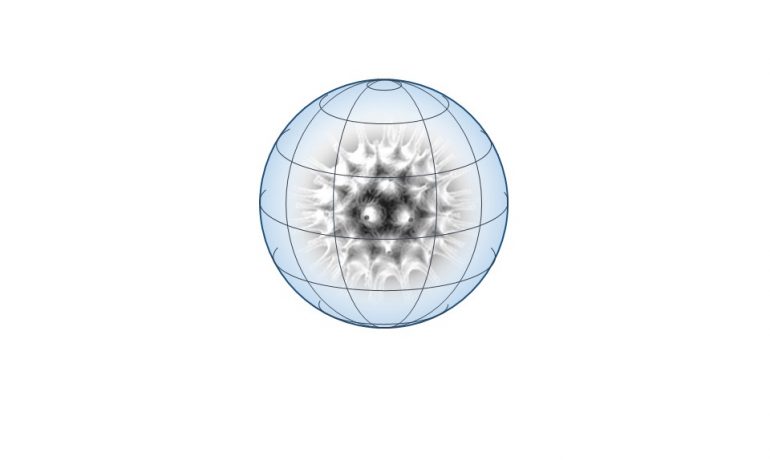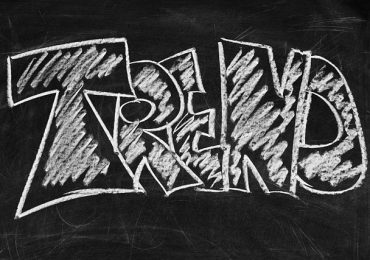At terrifying speed the Covid-19 global pandemic has brought a multitude of deaths, the lock-down of half the world’s population, and the decimation of its economy. The material facts of this disaster bring hard lessons in disaster management, public services and social inequality, which will keep experts and analysts busy for a generation to come.
But here I would like to open up a forward look on the massive transformations now in motion, negative and positive – and explore questions on what kind of pathways could help steer from one kind of outcome to another.
In such global crisis, challenges such climate change or rampant inequality are not going to disappear overnight. In reality they seem more likely to magnify up, as new forms of power and wealth and hierarchy emerge. If this pandemic can be contained or resolved, then we can get back to work on these challenges and others: but if it continues (as seems likely) to be messy and divisive, or indeed as the next pandemic arrives, then we face new challenges alongside the old.
It seems for situations of high urgency with uncertainty and controversy, we need more than standard forecasting or systems tools. Here it seems a Foresight-III approach from the Synergistic Toolkit is very useful. This Foresight Mode-III or 3.0, builds on standard practice, to explore the scope of collective anticipatory intelligence, the learning and creative potential of organizations, communities and societies. With simple visual thinking tools we can begin to explore and map pathways, directions for forward change, not only in crisis management, but of transformation in all complex systems ‘social-technical-economic-ecological-political’.
The sketches below shows three angles on this global crisis of critical danger and opportunity. They start with the saying ‘never let a good crisis go to waste’ – and then ask, if new systems of Mode-III social-political-economic cooperation can emerge from this crisis, how to let these grow and flourish? And how to counter or bypass the forces of ‘winner takes all’ populism, exclusion and intolerance, expropriation of wealth and hijack of truth?
This is a brief sketch for a planet-sized challenge, which draws on current thinking on ‘collective intelligence and the pathways from smart to wise’. This is hopefully enough to start a line of thinking which connects the current crisis with potential pathways – and if this crisis can be resolved, then to better prepare for the next….
Scenarios – unknowns or unknowables?
At this moment it’s an unknown whether the Covid-19 virus epidemiology can be contained, or continues to multiply, mutate or re-emerge. It’s also a deeper kind of unknown as to how social and economic and political systems interact with this epidemiology. It’s also a deeper unknown (perhaps ‘unknowable’), whether or not social-economic-political systems could return to the old normal, or transform towards some kind of ‘new normal’, (either positive, negative or mixed). So we need to map out the combinations, as possible ‘what-if’ scenarios, each with a mix of danger and opportunity. Here in Figure 1 is a ‘starter’ map of alternative futures: –
![]()
- ‘new panarchy’: (societal transition with pandemic solved). Here we ask, what-if progress is resumed and the pandemic solved, while staying vigilant for the next one? Meanwhile there is deeper and wider learning from the 2020 episode, and a serious agenda to look beyond old-style hierarchies and extractive systems.
- ‘business as usual’: (societal inertia with pandemic solved). This looks like the general direction of most official prospectives (OECD, MGI etc) this simply looks to the other side of the pandemic, and aims to reconstruct the familiar game of techno-capitalist-materialist production and consumption.
- ‘real virtuality’: (societal transition with pandemic ongoing). Here everything has changed, with technology as the enabler for hyper-networked- isolationists, a new normal of video-holograms, decontamination suits and sterile pods. While humans are endlessly adaptable, this future brings huge challenges for individuals and communities, and maybe opportunities.
- ‘lock-down’: (societal inertia with pandemic ongoing). This is the most familiar techno-dystopia of ‘Blade-runner’ surveillance / disaster capitalis Here the ongoing pandemic and its effects of disruption and trauma, is an open door for power-mongers and warlords who merge with the tech corporates. The graphic shows how ‘safe zones’ can easily turn into zones of exclusion and oppression.
Scenarios for the future or the present?
It gets more interesting, as it emerges these scenarios are not only neutral visions of a possible distant future – they are more like active and contested grabbing of the present and near future (about a week at the time of writing). It also gets more interesting to explore the scenarios not as distinct and separate, more like different angles on a chaotic bundle of deeperrealities.
The scenario visuals have attracted over 2,000 views / shares (at the time of writing), click here for information – with the backup paper on www.urban3.net
Some users of these scenarios have raised the question, is 4 enough? Naturally there could be endless varieties, but at the end of the day the scenarios are there simply to enable creative thinking. Others raise a strong preference for the top left corner, or possibly the top right if necessary, assuming that societal transition is going to be positive. If these scenarios were extended into an 8-fold cube structure we could list both positive / negative outcomes in each of 4 corners.
Part 2 will follow shortly, by exploring the inter-connecting nexus of system problems, the connexus of system transformations, and the possible pathways from one to the other. Meanwhile an online system for participative scenario making is in preparation…..
Written by Joe Ravetz, Co-Director, CURE (Collaboratory in Urban Resilience), Manchester Urban Institute and SAMI Principal
The views expressed are those of the author(s) and not necessarily of SAMI Consulting.
SAMI Consulting was founded in 1989 by Shell and St Andrews University. They have undertaken scenario planning projects for a wide range of UK and international organisations. Their core skill is providing the link between futures research and strategy.
If you enjoyed this blog from SAMI Consulting, the home of scenario planning, please sign up for our monthly newsletter at newreader@samiconsulting.co.uk and/or browse our website at http://www.samiconsulting.co.uk



[…] first part of this blog explored the context – ‘what if’ the pandemic is contained, OR it continues (with mutations, […]